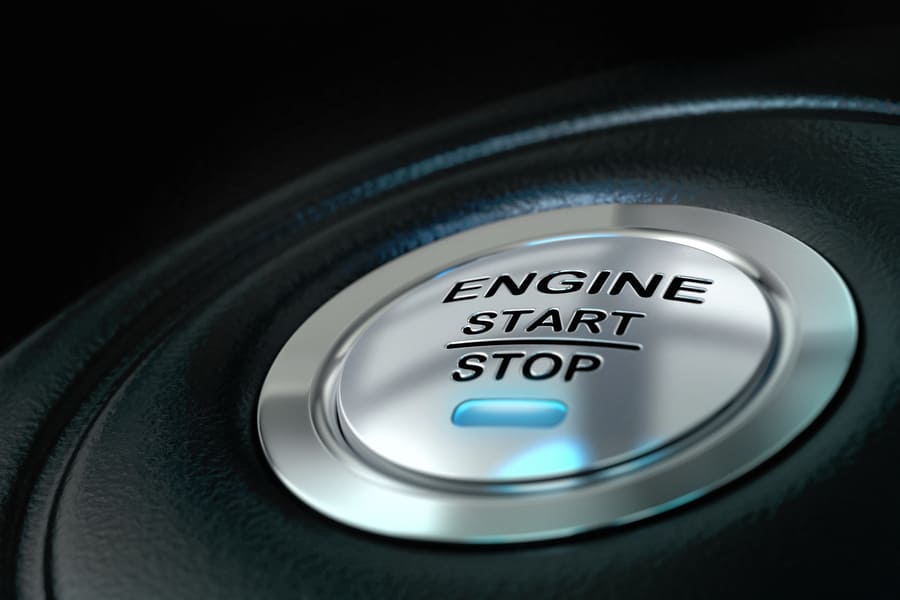
In a bid to reduce fuel consumption and harmful emissions to the atmosphere, car manufacturers are constantly offering innovative technologies designed to optimise the operation of the engine and associated units. One of the most successful technological solutions is the start-stop system, which shuts down the engine when idling, for example, in traffic jams or at traffic lights. We look at how it works, and the advantages and disadvantages.
History of the technology
The first attempts to create a system that would control the engine operation and prevent it from idling were made in the 1970s by Toyota. The Toyota Crown sedan was equipped with a device turning off the power unit after its 1.5 second idling.
Later, in the first half of the 1980s, similar technologies were implemented in the Audi 100 and Volkswagen Santana. The engine had to be stopped and started manually by pressing the button. For the Fiat Regata ES, the same kind of solution was proposed, but to restart the engine, you had to press the accelerator pedal. After some time, these cars were joined by the Opel Ascona, Volkswagen Lupo and Audi A2.
To date, most of well-known brands equip their cars with the Start-Stop system. Among them are Peugeot, Citroën, Smart, Volvo, Land Rover, Volkswagen, SEAT, Nissan, Fiat, Bentley, BMW, Ford, Chevrolet, Hyundai, Honda, Jaguar, Kia, Mazda, Toyota and others.
Operation principle and types
Each car maker offers its own method of implementation of automatic shutdown and restart of the power unit.
The most famous are the technologies developed by the following companies:- Bosch. Their system is named Stop&Start. This one is the simplest and the most reliable. It allows to reduce the content of harmful substances in the exhaust gases by 8%, and fuel consumption – by 15%. You can find it in Audi, BMW, Volkswagen, Fiat, as well as in cars of other brands. It requires a more powerful starter that can withstand multiple engine starts. The system is controlled by the engine ECU. The operation is based on the readings of the following sensing elements: vehicle speed sensor, clutch pedal and brake pedal position sensors, crankshaft position sensor, battery charge sensor and others.
Upon detecting that the car has stopped, the system automatically cuts off the engine. When the clutch pedal is pressed in vehicles with a manual gearbox, or the brake pedal is released in vehicles with an automatic transmission, the engine starts. In later generations of the system, for greater economy, the power unit can be switched off also during driving, but only when the ECU gives the corresponding command after having estimated the car speed, having determined whether any maneuvering takes place, whether the road is inclined, etc.
- Kia Motors. The system is known as ISG (Idle Stop&Go). It is arranged on the same principle as the Stop&Start by Bosch, but, in addition to stopping and starting the engine, it also controls the alternator. During acceleration, the system disconnects it, and all the load is shifted to the battery. When braking, the alternator is activated again and recharges the battery. This approach also results in significant fuel savings – around 6% in the combined cycle and up to 15% when driving in the city.
- Valeo. It is called STARS (Starter Alternator Reversible System). The system is used in Citroën, Mercedes-Benz and other cars. It allows to reduce fuel consumption by about 10%. It has its own control unit. The system uses a reversible alternator which combines the functions of the starter and alternator. Thanks to a special drive belt and a purpose-designed tensioner, the device can transmit effort in either of the two directions, when appropriate: either launching the power unit, or charging the battery. The main advantage of this approach is high response speed: it takes twice as less time to start the engine than in the case of a conventional starter. In addition, the braking energy is efficiently used.
- Mazda. It is called SISS (Smart Idle Stop System) or i-Stop. It is only compatible with automatic transmission and gasoline engines with direct fuel injection. It ensures fuel savings of up to 9%. Repeated engine start is provided by the forced fuel injection into the cylinders and the ignition of the fuel-air mixture. For this end, during braking, the pistons are set to the position most favorable for quick restart. The starter is only used as an auxiliary source of energy.
Advantages and disadvantages
Traffic jams on roads is one of the main problems of modern megacities. According to the latest research by the American company INRIX Roadway Analytics, in 2017, Moscow residents spent 91 hours in traffic jams, people in London – 73 hours, Paris – 65 hours, Istanbul – 59 hours, Zurich – 54 hours, Munich – 49 hours, Oslo – 47. And this is just within 240 working days, not including weekends. Driving in traffic jams significantly increases fuel consumption, and the higher amount of fuel burns out, the higher amount of harmful substances are emitted into the atmosphere.
It is the solution of these problems that is the main task of Start-stop. By stopping the engine when there is no need in its operation, the system contributes to considerable fuel economy.

The use of this system has one more undeniable advantage. By minimizing the number of hours of idling and by adding extra load to the power unit at low revs, it contributes to the optimum performance of the catalyst, increasing its service life; and also prevents the formation of carbon deposits on the spark plugs. In diesel engines, it slows the formation of deposits on the EGR valve, reduces the urea consumption, contributes to a more efficient regeneration of the diesel particulate filter.
However, the Start-stop system has some disadvantages as well. It requires more powerful equipment, in particular, the starter and the battery. Such devices are about twice as expensive as conventional ones. In addition, repeated starts of the engine increase the load on the crankshaft bearings. Being interviewed by the British magazine Autocar, Gerhard Arnold, head of one of the departments of Federal Mogul, noted that a conventional engine can easily withstand over 50,000 starts and stops. But with the Start-stop system, the number of cycles may exceed 500,000. In this case, standard bearings wear out quite badly as early as after 100,000 starts.
Another annoying factor is the startup delay. Despite the fact that it is insignificant (for systems with a reinforced starter – 0.8 seconds, with a reversible alternator – 0.4 seconds, with fuel injection adjustment – 0.35 seconds), it still makes driving discomfortable for many.
In addition, the functioning of the system is possible only if certain conditions are met.
10 necessary conditions enabling Start-stop operation
- The bonnet and the driver’s door are closed.
- The driver is fastened with the seat belt.
- The car speed is at least 4 km/h.
- The engine is sufficiently warmed-up.
- The power unit rpm does not exceed the rated idle speed.
- The window defroster is switched off.
- The interior temperature does not differ by more than 8 degrees from the set value. This is relevant for the cold season.
- The battery charge is not below the value preset for the system. For example, for ISG it is 75%.
- The alternator is fully operational.
- The steering wheel angle is insignificant.
Conclusion
The efforts of many companies are currently aimed at improving the Start-stop system. For example, the British company Millers Oils has already introduced motor oils that reduce friction of engine parts and their wear by 50%. According to Martyn Mann, technical director of the company, this and similar products should contribute to active promotion of Start-stop technologies. Other manufacturers are working on creating stronger bearings. While the engineers of Bosch, Valeo, Denso and many automakers are working to reduce the duration of starting of the power unit.
But despite the fact that the system still has shortcomings, and the economy it provides – considering the relative expensiveness of the equipment – may seem insignificant to someone, this technology, according to experts, has a great future. After all, the benefits that it delivers to the environment are undeniable.


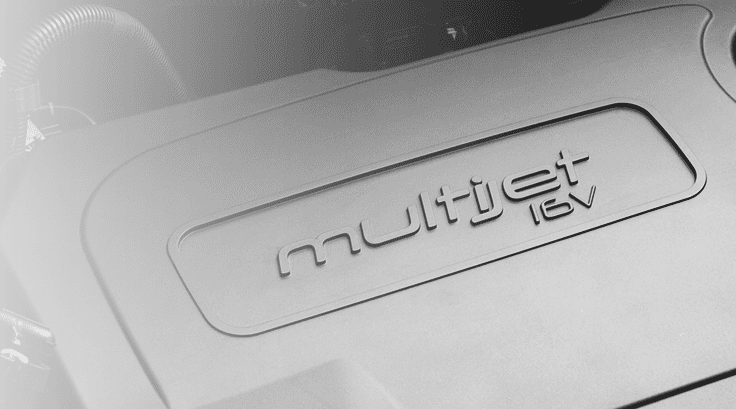
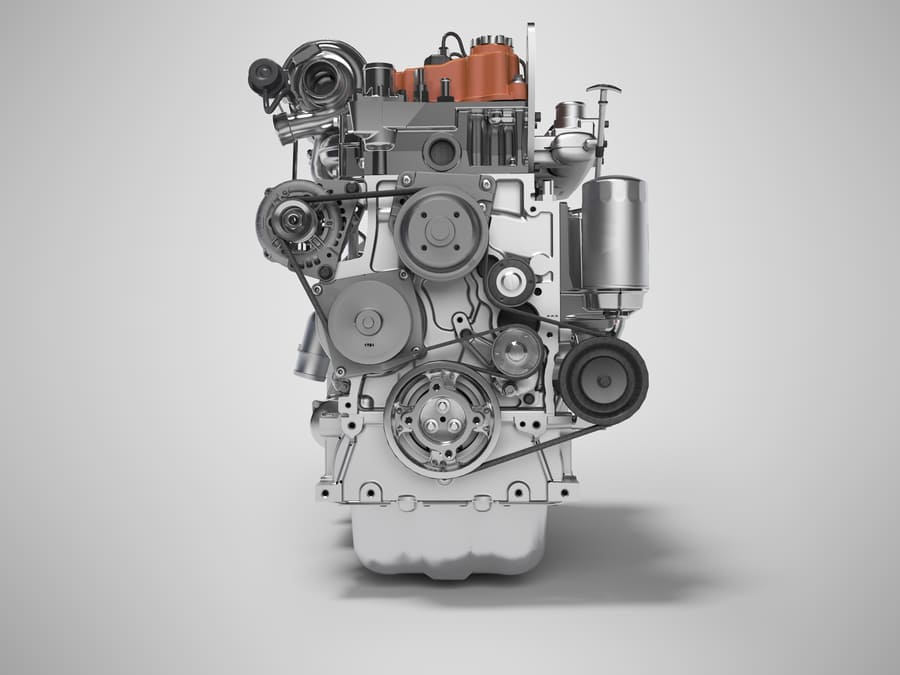
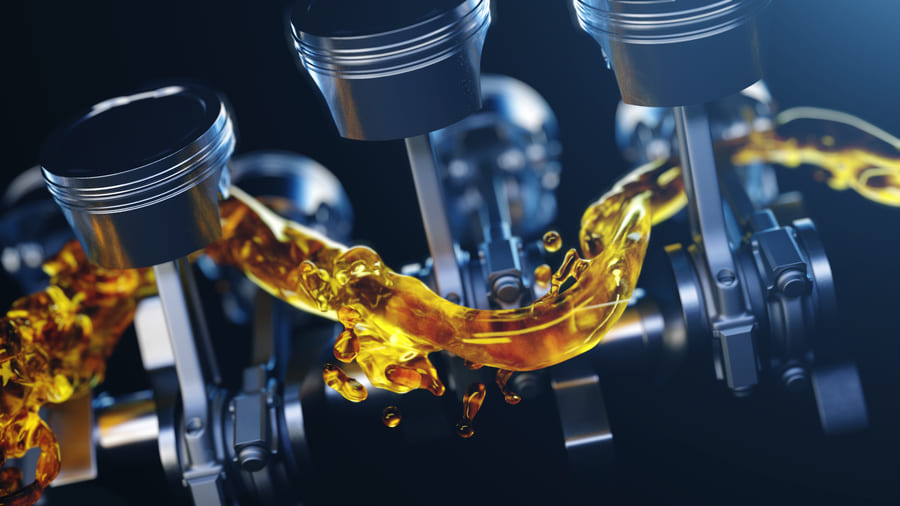

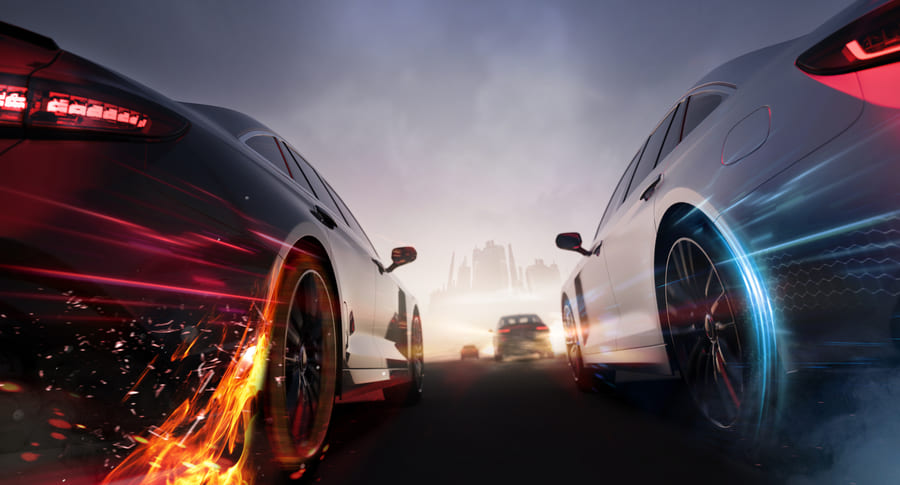

Comment